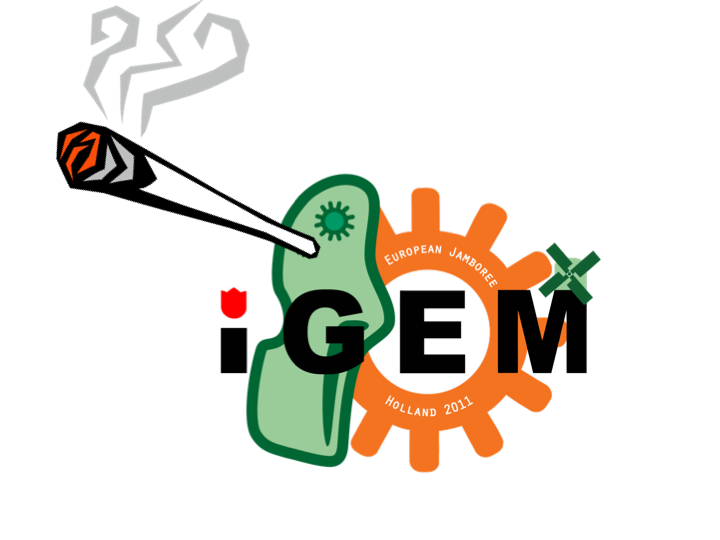Team:ETH Zurich/Safety
From 2011.igem.org
| You can write a background of your team here. Give us a background of your team, the members, etc. Or tell us more about something of your choosing. | |
|
Tell us more about your project. Give us background. Use this is the abstract of your project. Be descriptive but concise (1-2 paragraphs) | File:ETH Zurich team.png Your team picture |
| Team Example |
| Home | Team | Official Team Profile | Project | Parts Submitted to the Registry | Modeling | Notebook | Safety | Attributions |
|---|
Contents |
Question 1
Would any of your project ideas raise safety issues in terms of:
- Researcher safety?
No, the use of certain toxic or carcinogenic chemicals is indispensable in biology lab work. Acetaldehyde is used to turn off our expression system and is a toxic and carcinogenic substance. Normal safety precautions such as wearing gloves, glasses and a lab coat to protect ourselves are implemented. Work with volatile chemicals is performed under a hood in order to prevent inhalation. All lab work is carried out in a S1 lab.
* Public safety or environmental safety? For our experiments we only use non-pathogenic strains of e.coli and do not transform any harmful genes. No bacteria are released into the environment, all material contaminated with bacteria is autoclaved at 120°C. Harmful chemicals are collected and disposed of, separately. Our system is isolated and has no direct contact with the environment and other organisms. Thus it should not pose a risk to public or environmental safety.
Question 2
Do any of the new BioBrick parts (or devices) that you made this year raise any safety issues? If yes,
- did you document these issues in the Registry?
- how did you manage to handle the safety issue?
- How could other teams learn from your experience?
No, the new BioBrick parts we are making do not raise any safety issues.
Question 3
Is there a local biosafety group, committee, or review board at your institution?
- If yes, what does your local biosafety group think about your project?
- If no, which specific biosafety rules or guidelines do you have to consider in your country?
In Switzerland we have to consider the following two biosafety rules: the “Freisetzungsverordnung“ (FrSV) and the „Einschliessungsverordnung“ (ESV). All people working in the lab have previously had safety courses in fire prevention and lectures in biological and chemical safety by the SSHE (Safety, Security, Health and Environment) of the ETHZ.
iGEm 2010: Before starting with the wet lab work, we consulted all relevant sections in the Swiss Federal Constitution and it appears to us that our project does not raise any safety issues. There are a few general (chemical and biological safety) agencies, but these are not enough specialized institutions for evaluating our iGEM research project. Instead, it seemed reasonable to us, to discuss the project with our instructor Sven Panke, who is a member of the External Advisory Board of Synbiosafe and has therefore much expertise in this area. We together reflected about the safety issues our project could potentially give rise to and after careful evaluation, we came to the conclusion that this does not harm nor the researchers, nor the social or natural environment. Of course, we additionally take all precautionary measures which are appropriate when working in a laboratory!
Question 4
Do you have any other ideas how to deal with safety issues that could be useful for future iGEM competitions? How could parts, devices and systems be made even safer through biosafety engineering?
 "
"
